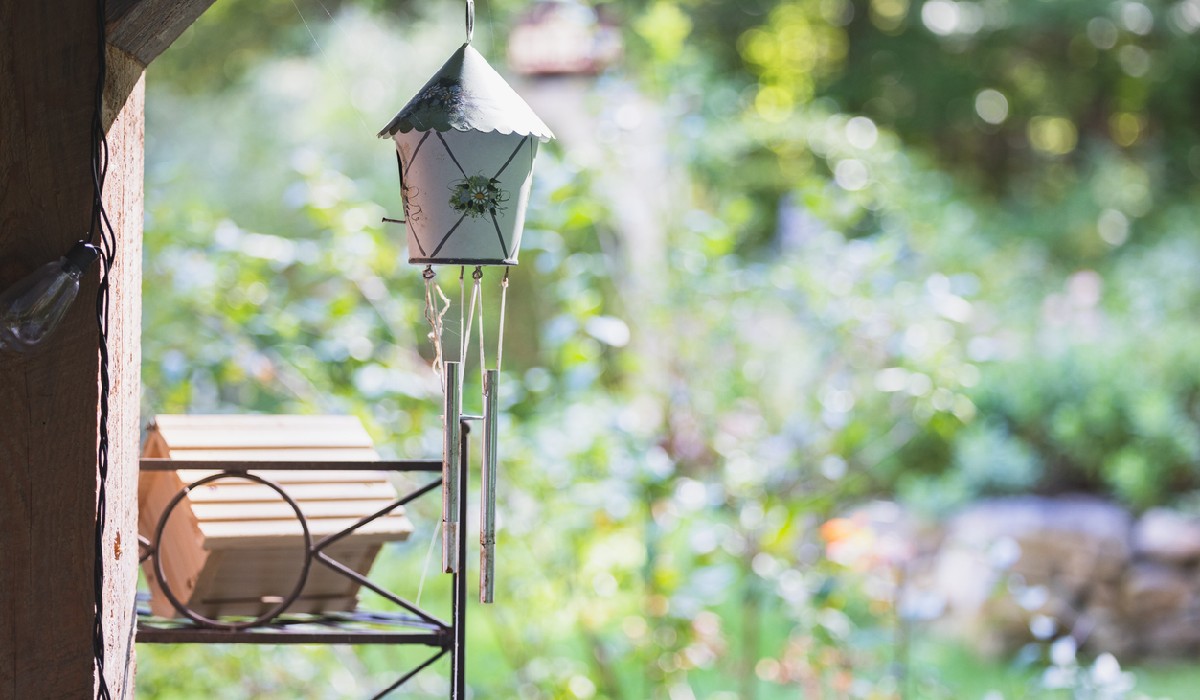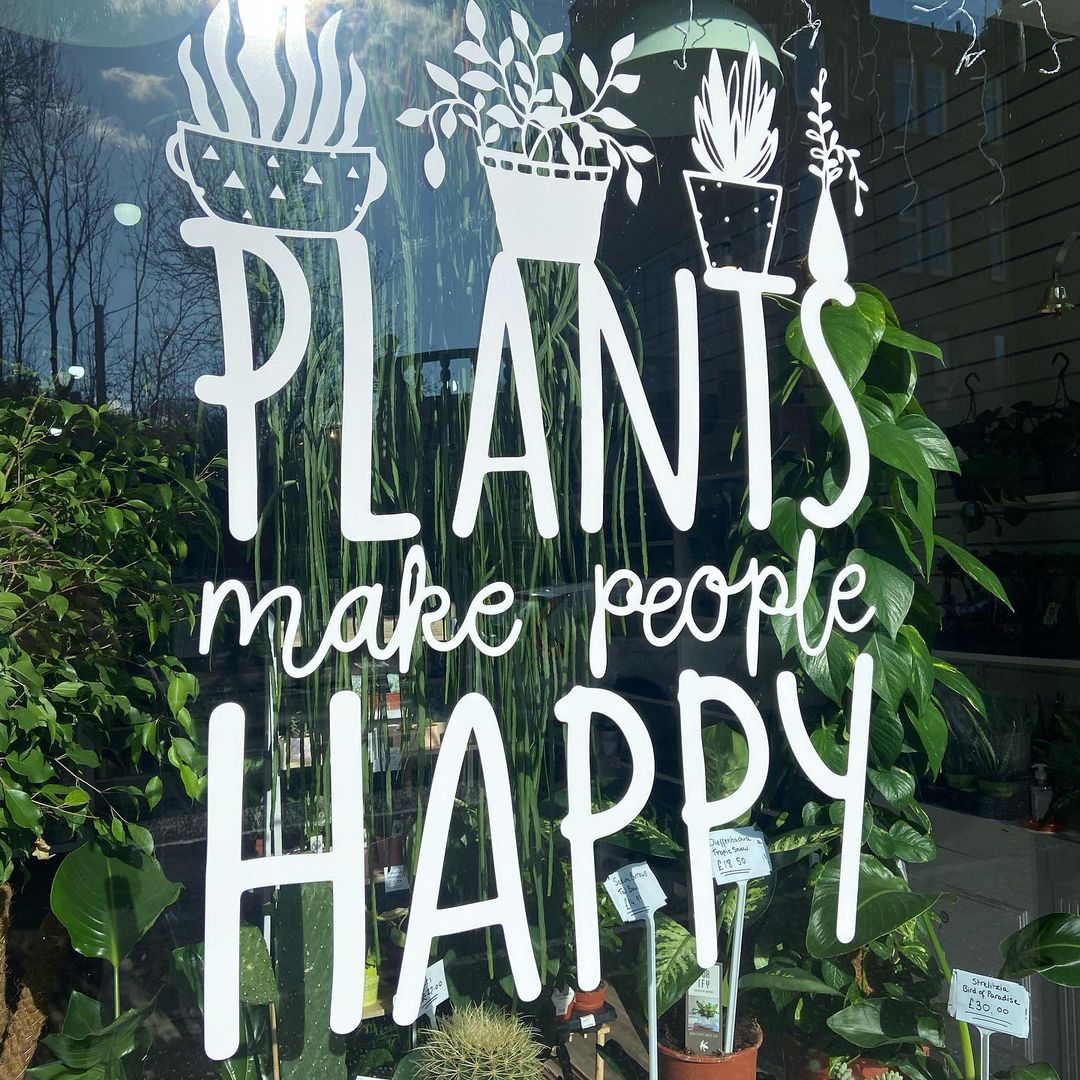Good Luck With Your New Gardening Website!
Welcome to the exciting world of gardening! Good luck with your new gardening website! 🌱 Whether you’re a beginner or have a green thumb, this is the perfect place to dig into the wonderful world of plants and cultivate your passion for gardening.
Gardening is like creating a beautiful masterpiece with nature as your canvas. It’s a chance to bring life to your surroundings, nurture plants, and watch them thrive. With your new gardening website, you have the opportunity to inspire others, share your knowledge, and become part of a vibrant community of garden enthusiasts.
As you embark on this gardening adventure, we’re here to support you every step of the way. From sowing the seeds of ideas for your website content to helping you grow your online presence, we’ll provide tips, tricks, and inspiration to make your gardening website bloom. So grab your gardening gloves, roll up your sleeves, and let’s get planting!
Remember, gardening is not just about growing plants; it’s also about cultivating a sense of wonder, patience, and appreciation for nature’s beauty. Your new gardening website will not only help others discover their own green thumbs but also spread the joy and fulfillment that comes with connecting with the earth. So get ready to create a thriving online garden and share your love for all things green with the world!
1. Define your website’s purpose and target audience.
2. Choose a visually appealing and user-friendly website template.
3. Create high-quality content that provides value to your readers.
4. Optimize your website for search engines by using relevant keywords.
5. Promote your website through social media and online communities.
Remember, building a successful gardening website takes time and effort, but with these steps, you’ll be on your way to a thriving online presence!

Good Luck With Your New Gardening Website: Tips for Success
Launching a new gardening website is an exciting venture, but it comes with its fair share of challenges. From attracting visitors to maintaining a user-friendly interface, there are many factors to consider. In this article, we’ll provide you with valuable insights and practical tips to help ensure the success of your new gardening website. Whether you’re a professional landscaper or a passionate gardening enthusiast, these strategies will help you create a thriving online presence that will attract and engage your target audience.
1. Design a User-Friendly Website
The first crucial step in establishing your gardening website is designing a user-friendly interface. Your website should be visually appealing, easy to navigate, and optimized for mobile devices. Choose a clean and intuitive layout that showcases your content effectively. Incorporate high-quality images and videos that enhance the user experience. Organize your content into well-structured categories and provide a search functionality to help visitors find what they’re looking for quickly. Don’t forget to include clear and concise calls-to-action to guide users towards taking desired actions, such as signing up for a newsletter or making a purchase.
Furthermore, ensure that your website loads quickly to minimize bounce rates. Users are more likely to stay and explore a site that loads within a few seconds. Optimize your images, minimize the use of external scripts, and utilize caching techniques to improve the overall speed and performance of your gardening website. By prioritizing user-friendliness, you’ll create an enjoyable experience for your visitors, keeping them engaged and encouraging them to return.
Lastly, make sure your website is accessible to all users, including those with disabilities. Incorporate features like alt text for images, captioned videos, and descriptive headings to ensure that everyone can easily navigate and consume your content. Accessibility not only provides equal opportunities for all users, but it also helps improve your search engine rankings and overall visibility.
2. Optimize Your Website for Search Engines
To increase the visibility of your gardening website and attract organic traffic, search engine optimization (SEO) is essential. Start by conducting keyword research and identifying relevant terms and phrases that your target audience is likely to search for. Incorporate these keywords strategically throughout your website, including in your page titles, headings, meta descriptions, and within the body of your content.
In addition to keywords, focus on creating valuable and unique content that showcases your expertise in gardening. Publish informative articles, step-by-step guides, and tips and tricks that resonate with your target audience. Regularly update your website with fresh content to keep visitors engaged and encourage search engines to crawl and index your site more frequently.
Another crucial aspect of SEO is building high-quality backlinks from reputable websites. Engage in content marketing initiatives, guest blog on relevant platforms, or collaborate with other gardening enthusiasts or businesses in the industry to create mutually beneficial partnerships. Backlinks not only drive traffic to your website but also improve its authority and credibility in the eyes of search engines.
3. Incorporate an Online Store for Products and Services
If you’re looking to sell gardening products or offer professional gardening services through your website, incorporating an online store is vital. Choose a reliable e-commerce platform that provides a seamless shopping experience for your customers. Ensure that your product listings include detailed descriptions, high-quality images, and customer reviews to help users make informed purchasing decisions.
Implement a secure payment gateway that supports various payment methods to accommodate a wide range of customers. Incorporate user-friendly filters and sorting options to help visitors find the products they’re looking for easily. Additionally, provide multiple contact channels for customers to reach out regarding queries or support, such as live chat, email, or phone.
For service-based businesses, create dedicated pages that outline the services you offer, along with pricing details, testimonials, and contact information. Consider integrating online booking functionality to streamline the appointment scheduling process and make it convenient for your customers.
4. Utilize Social Media for Promotion
Social media platforms are powerful tools for promoting your gardening website and engaging with your audience. Create profiles on popular platforms like Facebook, Instagram, and Twitter to interact with your target market. Share engaging and informative content, including gardening tips, before-and-after transformations, and behind-the-scenes glimpses. Encourage your followers to share and engage with your posts to expand your reach.
Use social media to showcase your work through stunning imagery and videos. Experiment with different formats, such as tutorials, product reviews, or Q&A sessions, to diversify your content and keep your audience interested. Engage with your followers by responding to comments, addressing queries, and acknowledging their contributions. Additionally, collaborate with influencers or gardening experts in your industry to further extend your reach and credibility.
Don’t forget to incorporate social sharing buttons on your website to encourage visitors to share your content on their own social media platforms. This can lead to increased visibility and attract potential customers who may not have discovered your website otherwise.
5. Engage with Your Audience through a Blog or Newsletter
A blog or newsletter is an excellent way to nurture your relationship with your audience and keep them informed about the latest gardening trends, tips, and promotions. Regularly update your blog with relevant and engaging content that addresses the needs and interests of your target audience. Share your expertise, answer common gardening questions, and provide valuable insights that will establish you as a trusted source of information.
Encourage visitors to subscribe to your newsletter to receive updates directly in their inbox. Provide exclusive content or special offers as incentives for signing up. Utilize email marketing tools and automation to streamline your newsletter distribution process and personalize your communication based on user preferences and behavior.
Engaging with your audience through a blog or newsletter can strengthen your brand presence, foster loyalty, and encourage repeat visits to your gardening website. It also provides an opportunity to showcase new products, announce promotions, or seek feedback from your customers.
6. Monitor and Analyze Website Performance
Regularly monitoring and analyzing your website’s performance is crucial to identify areas of improvement and ensure that you’re on track to achieve your goals. Utilize web analytics tools to gather data on website traffic, user behavior, conversion rates, and more. Identify patterns and trends to understand what is resonating with your audience and what can be optimized.
Use the insights from your analytics to make data-driven decisions. Test different variations of your website, such as layouts, calls-to-action, or page designs, to identify which elements have a positive impact on user engagement and conversions. Continuously refine and improve your website based on the information gathered from your analytics.
Additionally, monitor your website’s loading speed and performance to ensure optimal user experience. Slow loading times can result in higher bounce rates and lower search engine rankings. Regularly optimize and fine-tune your website’s performance to provide a seamless experience for your visitors.
7. Stay Up-to-Date with Industry Trends
The world of gardening is constantly evolving, and staying up-to-date with the latest trends, techniques, and technologies is essential for the success of your gardening website. Subscribe to industry publications, follow gardening influencers, and participate in online gardening communities to stay informed.
Investigate emerging trends in gardening, such as vertical gardening, sustainable gardening practices, or urban gardening, and incorporate them into your content strategy. By providing valuable and timely information, you position your website as a reliable resource for gardening enthusiasts.
Furthermore, keep an eye on technological advancements that can enhance the user experience on your website. Stay informed about new tools, equipment, or apps that can assist your audience in their gardening endeavors. Continuously adapt and innovate to stay ahead of the competition and provide a cutting-edge experience for your visitors.
Conclusion
Launching a new gardening website requires careful planning, attention to detail, and a solid understanding of your target audience. By designing a user-friendly website, optimizing it for search engines, incorporating an online store, utilizing social media, engaging with your audience through a blog or newsletter, monitoring performance, and staying up-to-date with industry trends, you can set your new gardening website up for success. Embrace these strategies, adapt to changes, and remember to always provide valuable and engaging content that resonates with your audience. Good luck with your new gardening website!
Key Takeaways
- Gardening websites can be a great way to share your love for plants and connect with others who have similar interests.
- From selecting plants to designing your garden layout, your website can provide valuable information and inspiration.
- Include helpful tips and tricks for maintaining a healthy garden, such as proper watering techniques and pest control methods.
- Engage with your audience through blog posts, videos, and interactive features to keep them coming back for more.
- Remember to promote your website through social media and online communities to reach a wider audience.
Keep these key points in mind as you embark on creating your new gardening website. Good luck!
Frequently Asked Questions
Welcome to our Frequently Asked Questions section for your new gardening website! We’re here to help you navigate the exciting world of online gardening. Whether you’re starting from scratch or looking to improve an existing website, we’ve got the answers you need. Let’s dive in!
1. How can I create a visually appealing gardening website?
Creating a visually appealing gardening website is all about showcasing your love for plants and nature. Start with a clean and organized design that highlights vibrant images of plants, flowers, and lush greenery. Choose a color scheme that complements the overall theme of your website and evokes a sense of calmness and serenity.
Additionally, make sure to use high-quality images and optimize them for web viewing. Incorporate user-friendly navigation menus, clear headings, and well-organized content. Don’t forget to add a touch of personalization to make your gardening website stand out!
2. What content should I include on my gardening website?
Your gardening website should be a valuable resource for avid gardeners and plant enthusiasts. Incorporate informative articles, step-by-step gardening guides, plant care tips, and recommendations for different types of gardens, such as container gardens or vegetable gardens. Consider adding a blog section where you can share your gardening experiences and connect with your audience.
Moreover, enhance your website with visually appealing images and videos showcasing different gardening techniques, plant varieties, and inspirational garden designs. Encourage interaction by including a comment section, contact form, or a forum where visitors can ask questions and share their own gardening experiences.
3. How can I drive traffic to my gardening website?
Driving traffic to your gardening website requires a combination of effective SEO strategies and engaging content. Start by optimizing your website for search engines, using relevant keywords in your page titles, meta descriptions, and headings. Create high-quality, informative content that answers common gardening questions and provides solutions to common gardening challenges.
Additionally, promote your website through social media platforms by sharing blog posts, images, and videos. Collaborate with other garden-related websites or influencers to reach a wider audience. Consider guest blogging on popular gardening websites to establish your authority in the gardening niche. Building backlinks from reputable websites can also help boost your search engine rankings and drive organic traffic to your website.
4. How can I monetize my gardening website?
Monetizing your gardening website opens up the opportunity to turn your passion into a source of income. One popular method is through affiliate marketing, where you promote products related to gardening on your website and earn a commission for every sale made through your referral. Join gardening affiliate programs and strategically place affiliate links within your content.
You can also generate revenue by offering digital products such as e-books, online courses, or gardening guides for a fee. Consider selling physical gardening products like seeds, tools, or gardening accessories directly from your website. Don’t forget to explore advertising opportunities, such as displaying relevant ads from ad networks or collaborating with brands for sponsored content.
5. How can I engage and grow my gardening website’s audience?
Engaging your gardening website’s audience is crucial for building a loyal following. Encourage interaction by replying to comments and addressing questions promptly. Consider hosting gardening-related contests or giveaways to incentivize engagement. Share behind-the-scenes glimpses of your own garden or showcase success stories from your readers.
Furthermore, leverage the power of email marketing by inviting visitors to sign up for a newsletter. Send regular updates with exclusive content, gardening tips, and special offers. Engage with your audience on social media platforms by sharing content, asking questions, and responding to their comments. Collaboration with gardening influencers or experts can also help expose your website to a wider audience.

Indoor Plants that bring good health, money & good luck for home | Lucky Plants For 2023
Summary
Starting a gardening website can be exciting! Here’s what you need to know:
First, make sure to choose a catchy domain name that relates to gardening. Second, create good quality and informative content that your readers will love. Third, use beautiful and eye-catching images to make your website visually appealing. Fourth, remember to optimize your website for search engines to attract more visitors. Lastly, engage with your audience by responding to comments and creating a sense of community. Good luck with your new gardening website!
Remember, starting a website takes time and effort. Don’t get discouraged if you don’t see immediate results. Consistency and passion will lead you to success. Happy gardening and happy website building!
